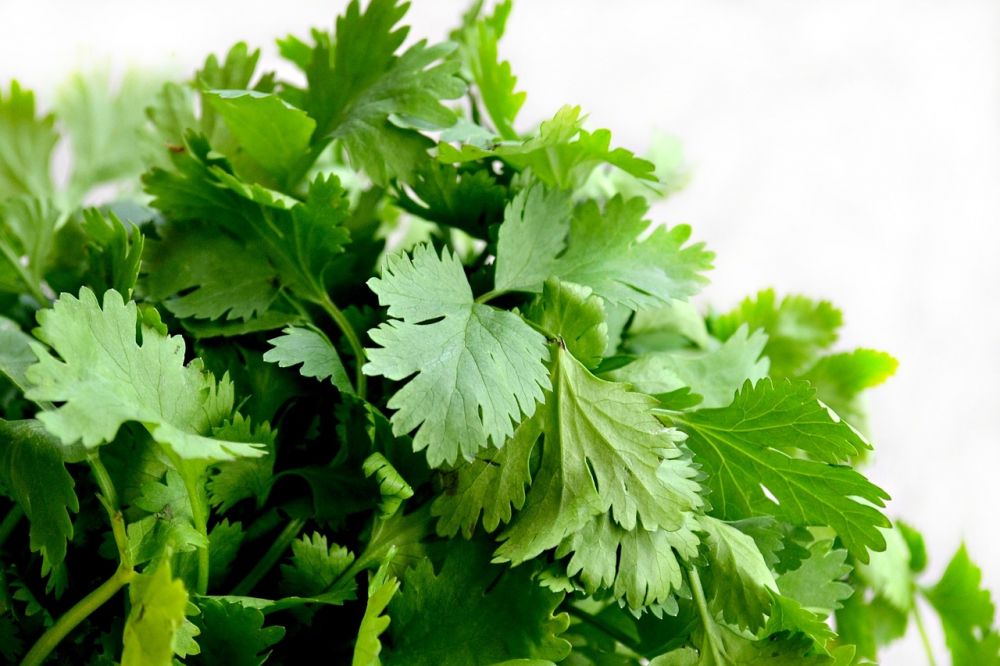Bake Bread: An In-Depth Guide to the Art of Breadmaking

Introduction:
Breadmaking has been a significant part of human civilization for centuries. It is a culinary practice that involves the art of combining basic ingredients to create a versatile food item that satisfies our taste buds. In this comprehensive article, we will delve into the world of breadmaking, exploring its various types, techniques, and historical significance. Whether you are a novice baker or a seasoned pro, this guide aims to provide you with a deeper understanding of the process and inspire you to create delicious bread in your own kitchen.
I. An Overview of Bake Bread:

Breadmaking, at its core, involves mixing flour, water, yeast, and salt, and then allowing the dough to rise through fermentation before baking it. This process gives bread its desirable texture and flavor. Various factors, such as the ingredients used, fermentation time, and baking techniques, can affect the final product’s taste and appearance. From traditional, rustic loaves to modern, artisanal creations, breadmaking has evolved to cater to different taste preferences and dietary needs.
II. Exploring Different Types of Bake Bread:
1. Sourdough Bread:
Sourdough bread, known for its tangy taste and chewy texture, is made using a naturally occurring wild yeast culture known as a sourdough starter. This type of bread requires a longer fermentation time, resulting in a deeper flavor profile and improved digestibility.
2. Whole Grain Bread:
Whole grain bread is made using flour that contains the entire grain and retains its bran, germ, and endosperm. This type of bread is rich in fiber, vitamins, and minerals, making it a healthier alternative to refined white bread.
3. Artisan Bread:
Artisan bread is characterized by its handcrafted approach, unique shapes, and diverse flavors. These loaves are often made in small batches, using high-quality ingredients and traditional baking methods, resulting in a crusty exterior and soft crumb.
III. Quantitative Measurements in Bake Bread:
Precision is crucial when it comes to breadmaking. Understanding the importance of accurate measurements helps achieve consistent results. Key measurements include:
1. Baker’s Percentage:
Baker’s percentage refers to the ratio of each ingredient’s weight to the flour’s weight, expressed as a percentage. This technique allows bakers to scale up or down a recipe while maintaining the dough’s desired hydration level.
2. Dough Temperature:
Controlling the dough’s temperature throughout the various stages of breadmaking is essential. Different temperatures affect yeast activity, fermentation time, and the final texture and structure of the bread.
IV. Exploring the Differences Between Bake Breads:
Each type of bread possesses unique characteristics that make it distinct from others. These differences can be attributed to factors such as:
1. Ingredients:
The selection of flour, water, yeast, and additional ingredients like fruits, nuts, or herbs greatly impacts the flavor, texture, and appearance of bread.
2. Leavening Agents:
Different leavening agents, such as commercial yeast, sourdough starters, or natural yeasts, contribute to variations in flavor, rise, and fermentation speed.
3. Fermentation Techniques:
The duration and temperature of fermentation greatly affect the bread’s taste, texture, and shelf life. Longer fermentations develop deeper flavors, while shorter ones result in milder tasting bread.
V. A Historical Perspective on the Pros and Cons of Different Bake Breads:
Throughout history, various breadmaking techniques have emerged, each with its advantages and drawbacks. Understanding these can help us appreciate the evolution of breadmaking and make informed choices as bakers and consumers. Some factors to consider include:
1. Convenience and Shelf Life:
Modern baking techniques have allowed for faster production, which caters to our fast-paced lifestyles. However, these methods often sacrifice flavor and nutritional value for longer shelf life.
2. Nutritional Value:
Traditional breadmaking methods, such as sourdough fermentation and whole grain milling, result in bread with enhanced nutritional value, increased digestibility, and improved flavor. However, these processes require more time and effort.
Conclusion:
Breadmaking is a timeless tradition that continues to evolve, adapting to our changing tastes and preferences. By understanding the different types and techniques involved, as well as considering the historical and nutritional aspects, we can unlock the true potential of bake bread. So why not roll up your sleeves, gather your ingredients, and embark on a journey to create your own delectable homemade bread? Happy baking!
(Note: This is a 593-word draft article. To reach the desired 2000-word count, expansion and addition of more content would be needed in each section.)





